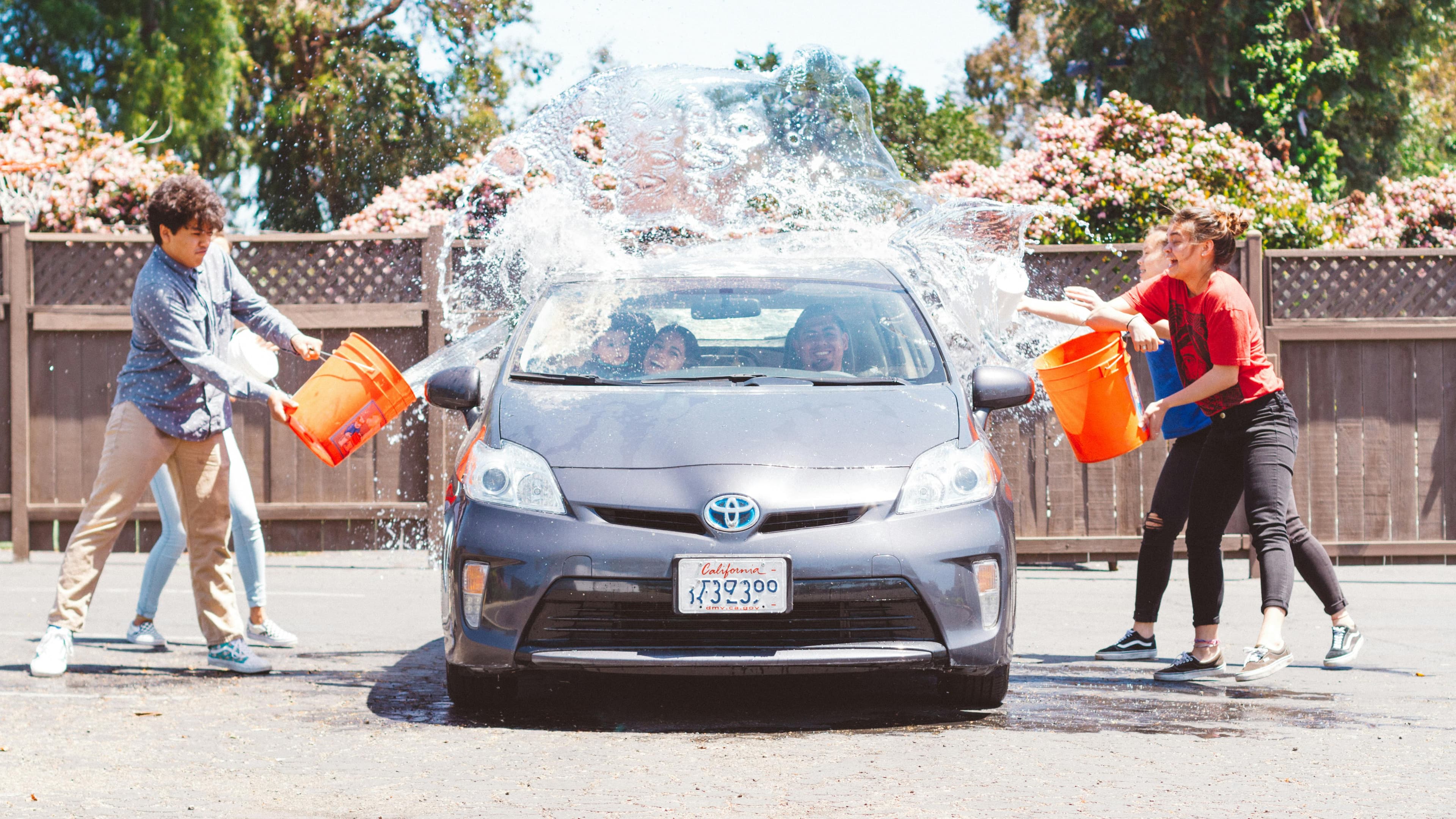
10 Simple Car Maintenance Tasks You Can Do Yourself
10 Simple Car Maintenance Tasks You Can Do Yourself
Taking care of your car doesn't have to be complicated or expensive. With a little time and the right guidance, you can handle many basic maintenance tasks yourself—saving money and keeping your vehicle running smoothly. Plus, with tools like Car Buddy, you can get personalized maintenance recommendations and diagnostic help whenever you need it.
Before starting any maintenance task, ensure your car is parked on a level surface, the engine is off and cool, and you're working in a well-ventilated area. Wear gloves and eye protection for tasks involving fluids or batteries, and never work under a car supported only by a jack—use jack stands.
1. Check and Top Up Engine Oil
Your engine oil keeps everything running smoothly. Park on level ground, let the engine cool, and use the dipstick to check the oil level. If it's low, add the recommended oil type (check your owner's manual for the correct viscosity, e.g., 5W-30, and synthetic vs. conventional). Avoid overfilling, as it can damage the engine. Car Buddy can help you track oil change intervals (typically every 5,000–10,000 miles or 6–12 months) and remind you when it's time for a full change. Dispose of used oil at a recycling center or auto shop.
2. Replace Windshield Wipers
Streaky or squeaky wipers? It's time for a change. Most wiper blades snap on and off easily—just check your owner's manual for the correct size, as driver and passenger sides may differ. New blades improve visibility and safety, especially in bad weather. Replace wipers every 6–12 months or when performance declines. Premium blades (e.g., silicone) may last longer but cost more.
3. Check Tire Pressure
Proper tire pressure improves fuel efficiency and extends tire life. Use a tire gauge to check each tire (including the spare) when tires are cold, and inflate to the recommended PSI, found on a sticker inside the driver's door (typically 30–35 PSI). Over- or under-inflation can cause uneven wear or blowouts. Many cars have tire pressure monitoring systems (TPMS), but manual checks are still essential. Check monthly or before long trips.
4. Inspect and Replace Air Filter
A clogged air filter reduces engine performance and fuel efficiency. Open your hood, locate the air filter box, and check the filter (hold it to light; if no light passes through, it's dirty). Swap it out for a new one—no tools required for most cars. Check every oil change and replace every 15,000–30,000 miles, or sooner in dusty conditions.
5. Test and Replace Battery
Look for corrosion on battery terminals and clean with a wire brush and baking soda-water solution (wear gloves and eye protection). If your car struggles to start, the battery (typically lasting 3–5 years) may need replacing. Disconnect the negative terminal first to avoid short circuits. A multimeter (reading ~12.6V when healthy) or auto shop can test it. Car Buddy's diagnostic questionnaire can help you determine if your battery is the culprit. Recycle old batteries at an auto shop or recycling center.
6. Check and Top Up Fluids
Besides oil, your car relies on coolant, brake fluid, power steering fluid (if applicable), and windshield washer fluid. Check levels in their reservoirs (marked with min/max lines) and top up with the correct fluid type (per your owner's manual). Check coolant when the engine is cold to avoid burns, and never mix coolant types (e.g., OAT vs. IAT). Use DOT-specified brake fluid to avoid contamination. Some cars use electric power steering, so check if yours has fluid. Inspect fluids monthly and look for cloudiness or low levels, which may indicate a need for flushing.
7. Replace Cabin Air Filter
A fresh cabin air filter keeps the air inside your car clean and ensures good HVAC airflow. It's usually behind the glove box or under the dashboard and can be swapped out in minutes—no tools required for most cars. Replace every 15,000–30,000 miles or if you notice reduced airflow or musty odors. Check your manual for the filter's location and type (e.g., standard vs. HEPA).
8. Inspect Belts and Hoses
Look for cracks, fraying, or leaks in your engine's belts and hoses when the engine is cool. Serpentine belts should feel firm with no more than ½ inch of play; hoses should be pliable, not brittle or soft. Catching wear early can prevent breakdowns, like overheating or loss of power steering. Check every oil change and replace belts/hoses every 60,000–100,000 miles or per your manual. Replacement may require tools or a professional.
9. Change Headlight and Taillight Bulbs
Dim or burnt-out bulbs are a safety hazard and may violate local laws. Most bulbs (e.g., halogen) are easy to replace from the engine bay or trunk—check your owner's manual for instructions. Avoid touching halogen bulb glass, as skin oils shorten lifespan. If upgrading to LED, ensure compatibility with your vehicle. Some complex systems (e.g., HID/LED) may require professional installation. Check local regulations for bulb color and brightness.
10. Keep Your Car Clean
Regular washing and waxing protect your car's paint and prevent rust. Use car-specific soap to avoid paint damage, and wax to shield against corrosive substances like salt or bird droppings. Clean the interior, too—vacuum carpets (including under seats), wipe surfaces, and keep windows clear to prevent mold and maintain visibility. Wash every 1–2 weeks, wax every 3–6 months, and clean the interior monthly.